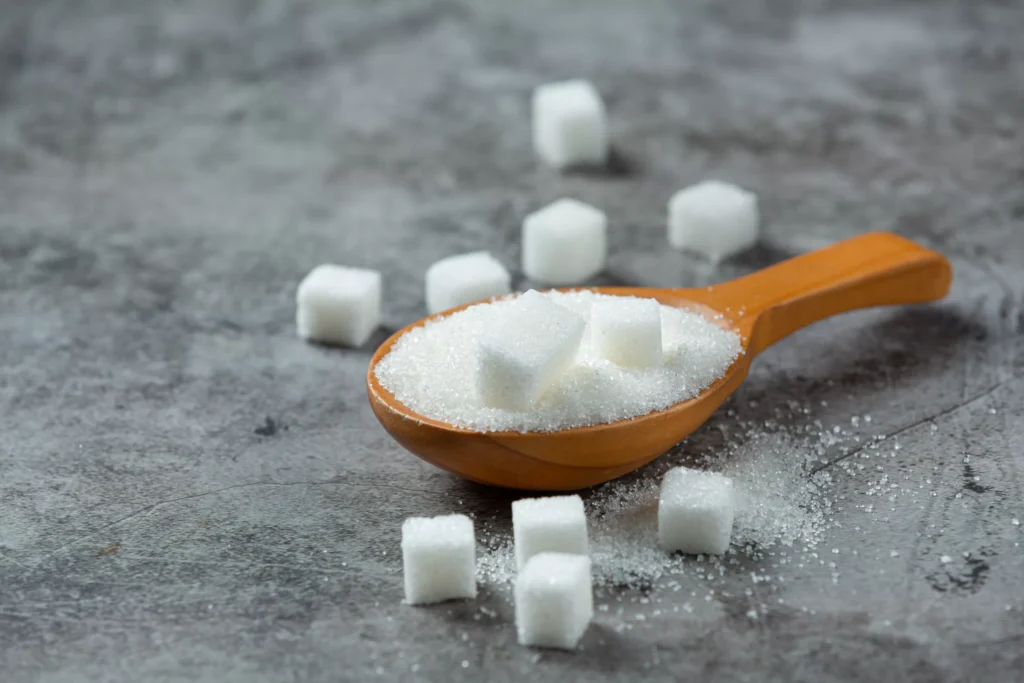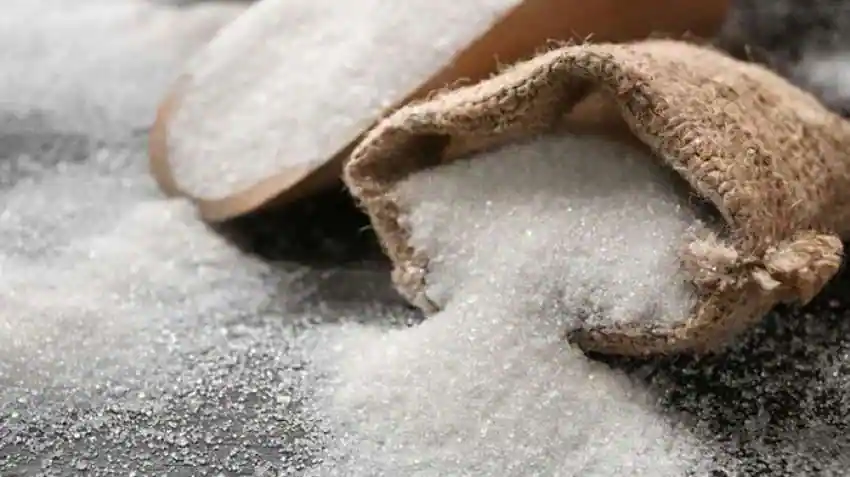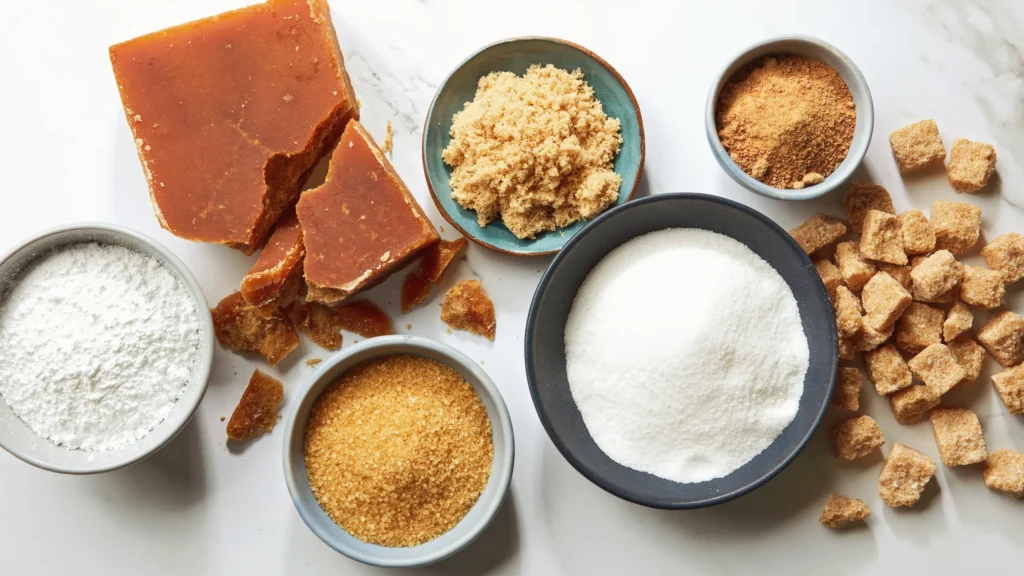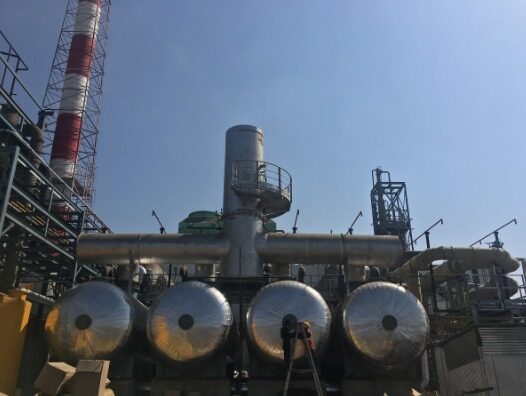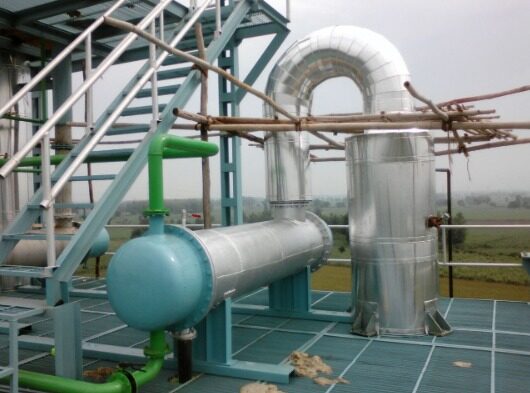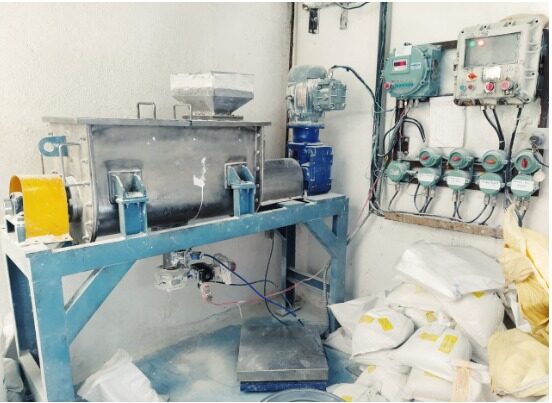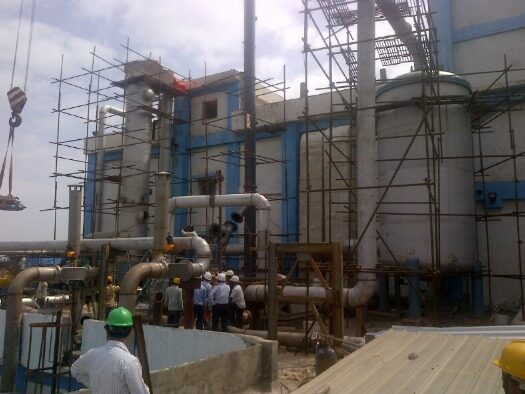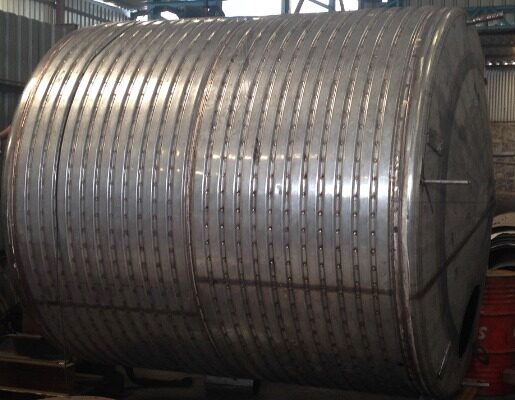ABOUT-
Over the past few decades, the sugar industry has shown consistent growth due to the rise in demand for sugar and its related products, which has led to market expansion. As of 2020, the global sugar market was valued at approximately USD 52 billion and is projected to grow at a CAGR of around 2.7% from 2021 to 2028.
The growth of the sugar industry is mainly attributed to the expanding food and beverage industry, particularly in emerging economies. Factors such as increasing disposable incomes, urbanization, and changing dietary habits have contributed to the surge in demand for processed and packaged foods that typically contain sugar as a crucial component.
Furthermore, the rising popularity of biofuels, specifically ethanol made from sugarcane, has emerged as another growth driver for the sugar industry. Ethanol is commonly used as a fuel additive and has become a significant source of revenue for the industry.
However, the sugar industry faces various challenges, such as increasing concerns over the health effects of sugar consumption, competition from alternative sweeteners, and the unpredictability of sugar prices. To address these challenges, some companies are diversifying their product lines to include alternative sweeteners, while others are investing in research and development to produce healthier sugar products.
In conclusion, the sugar industry is expected to continue to grow in the foreseeable future, fueled by the increasing demand from the food and beverage and biofuels sectors, as well as innovation in product development and sustainability initiatives.
ASSOCIATION-
| NAME | URL |
| Indian Sugar Mills Association | https://www.indiansugar.com/ |
| The Sugar Association | https://www.sugar.org/ |
DESCRIPTION-
Sugar is a widely-used sweetener in the food and beverage industry that is derived from sugarcane or sugar beets. It is a type of carbohydrate that is naturally present in many foods, including fruits, vegetables, and dairy products.
Sugar comes in various forms, such as granulated sugar, powdered sugar, and brown sugar, and is used to sweeten a wide range of food and beverage products, including baked goods, soft drinks, and candy.
Sugar production primarily involves the extraction of sweet juice from sugarcane or sugar beets, which is then processed and refined to create granulated sugar.
In the case of sugarcane, the process typically involves the following steps:
- Harvesting: The sugarcane stalks are cut close to the ground during harvesting.
- Milling: The harvested sugarcane is then taken to a mill where the stalks are crushed to extract the juice.
- Clarification: The juice is clarified to remove impurities, such as dirt and leaves.
- Evaporation: The clarified juice is boiled in large vats to evaporate the water and create a thick syrup.
- Crystallization: The syrup is cooled and agitated to encourage the sugar crystals to form.
- Separation: The sugar crystals are then separated from the remaining liquid (molasses) using a centrifuge.
- Drying: The separated sugar crystals are dried and sifted to remove any remaining molasses.
RELATED PRODUCTS-
The sugar industry relies on a diverse range of industrial equipment to produce sugar. Here are some of the most commonly used machines:
- Sugarcane crushers: These machines extract juice from sugarcane, which is the first step in the sugar production process.
- Juice heaters: The extracted juice is heated in these machines to prevent fermentation before it is clarified.
- Clarifiers: These machines are used to remove impurities from the juice and enhance its clarity.
- Evaporators: These machines remove water from the clarified juice and increase its sugar concentration.
- Crystallizers: These machines crystallize sugar from the concentrated juice.
- Centrifugals: These machines separate the sugar crystals from the mother liquor.
- Dryers: These machines remove moisture from the sugar crystals.
- Packaging machines: These machines package the sugar for distribution.
- Boilers: These machines generate steam, which powers various equipment in the sugar production process.
- Turbines: These machines convert steam energy into mechanical energy, which drives the cane crushers and other machinery.
- Pumps: These machines transfer liquids, such as juice, between different stages of the sugar production process.
- Conveyors: These machines transport materials, such as sugarcane, between different stages of the sugar production

